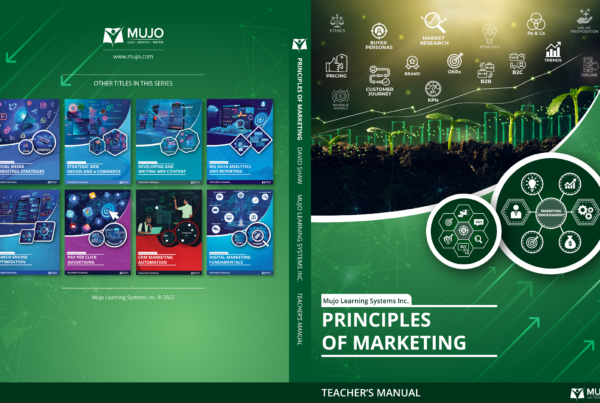Why Case Studies Resonate
Let’s face it: textbooks can be boring. I stood in a lot of book buyback lines just to get rid of mine, and recoup some money to buy drinks at the pub . . . but I digress.
A good textbook, particularly in the field of digital marketing, should be an engaging resource that students can turn to long after they finish a specific course. One way to do this is to present information alongside real-world examples or case studies. Why is this effective? There are several reasons, but I think we must first acknowledge the importance of the case study’s narrative structure. Or, to put it more simply: recognize that people remember stories better than lists of facts.
Everyone Loves a Good Story
Stories about a company’s successes and failures can be as captivating as any novel; perhaps even more so because they’re true. Case studies also demonstrate that the information presented in the textbook has practical applications. After reading information and then a related case study, it causes us naturally to think, “I guess this really works!” Case studies are a great jumping off point for creative activities too. The reader gets to step into the shoes of a VP of marketing, for example, and ask:
- “What would I do in this situation?”
- “What would the logical follow-up to the campaign be?”
- How could the campaign be launched on a newer form of social media, like Snapchat?”
The reader could then step into the shoes of a competitor to suggest how such a successful campaign could be countered. The list of possibilities for activities is almost endless.
Thought-Provoking Questions
Any questions that follow a case study should challenge the student on multiple levels. Too often questions just require students to remember information. Thus, it simply becomes a game of Where’s Waldo? Students look for the answers in a crowded page of words, so they can circle the right multiple-choice option or fill in a blank space. However, there’s been no call on them to think.
As I mentioned in the previous section, students can be asked to place themselves in someone else’s shoes and ponder the question, what would I do? They can also be called upon to critique the actions of a business leader, and that can spur great classroom debate, as right or wrong decisions are so often not clear-cut.
In this blog, we’re going to present subjects and ideas and illustrate them through case studies—just like we do in our curriculum. Check back for some great stories and to learn more about digital marketing.









 by
by